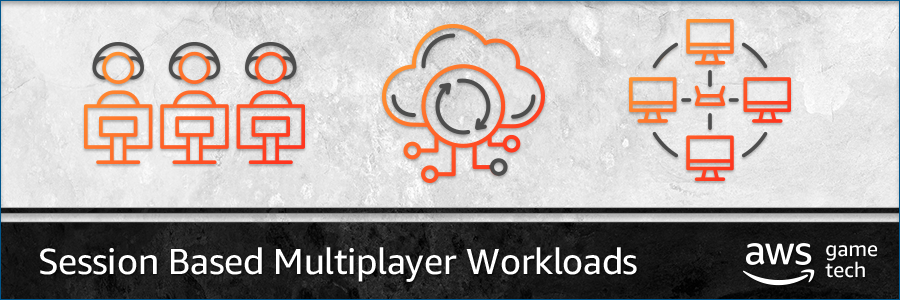AWS for Games Blog
Category: AWS Global Accelerator
The Game Developer’s Guide to re:Invent 2023
AWS re:Invent 2023 is fast approaching, and AWS for Games is gearing up to welcome attendees from around the globe at the annual conference for developers in Las Vegas November 27 – December 1. This year, in addition to announcements unveiled during re:Invent keynotes, attendees can check out an exciting array of panel discussions, presentations, […]
A Guide to Amazon GameLift & Game Servers
As game developers, your players expect a great in-game experience, with low latency and uninterrupted play. As the number of concurrent players grows, so does the complexity of the infrastructure needed to support them. Game server hosting is a critical piece to your overall game backend architecture for session-based multiplayer games. It’s critical to your […]
Improving the Player Experience by Leveraging AWS Global Accelerator and Amazon GameLift FleetIQ
Building a game to serve worldwide users over the internet can be challenging. In this two-part series, we’ll walk you through how game developers improve the player experience worldwide in order to deploy more efficiently, achieve lower latency, improve in-game performance, and deliver game content faster. In this first post, we focus on how to […]
Reach more players using AWS Global Accelerator
Your players expect a great in-game experience, with low latency and uninterrupted play. But, as the number of concurrent players grows, so does the complexity of your IP management and the likelihood of latency inducing routing problems. AWS Global Accelerator simplifies traffic routing, improves availability, and improves performance for your game by as much as […]
Now Available – Use EC2 for Session Based Multiplayer Workloads via AWS Global Accelerator
Good news for game developers working on session based multiplayer workloads. AWS Global Accelerator now allows you to front Amazon Elastic Compute Cloud (Amazon EC2) instances directly. Previously, to route traffic to instances you needed to use an Application Load Balancer, Network Load Balancer, or Elastic IP (Elastic IPs are limited per account). This meant […]




